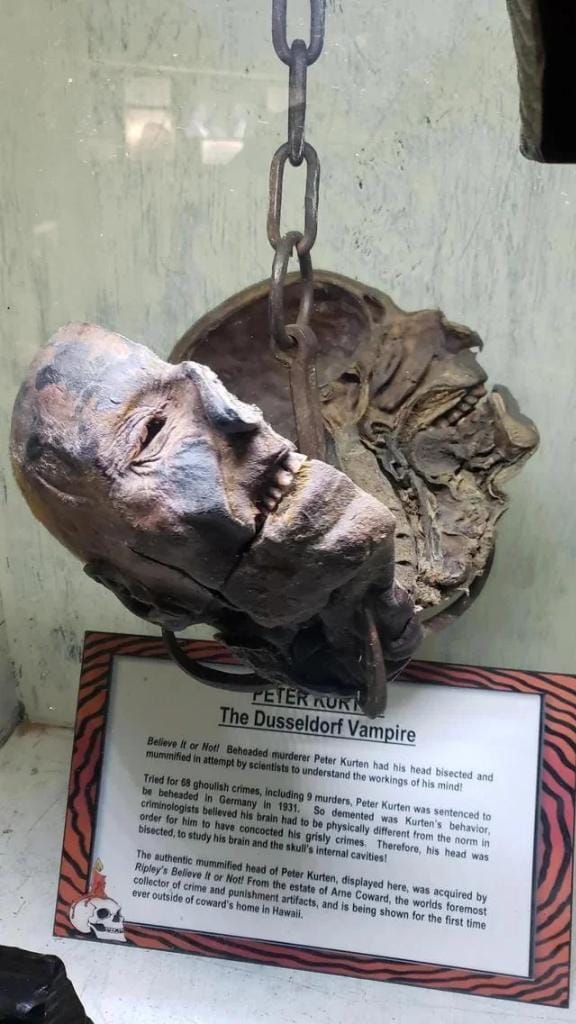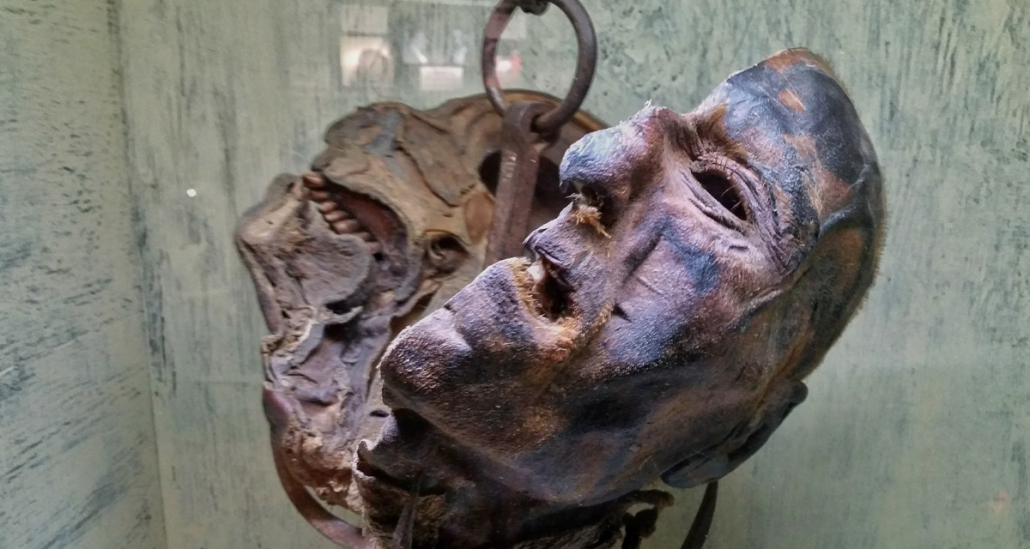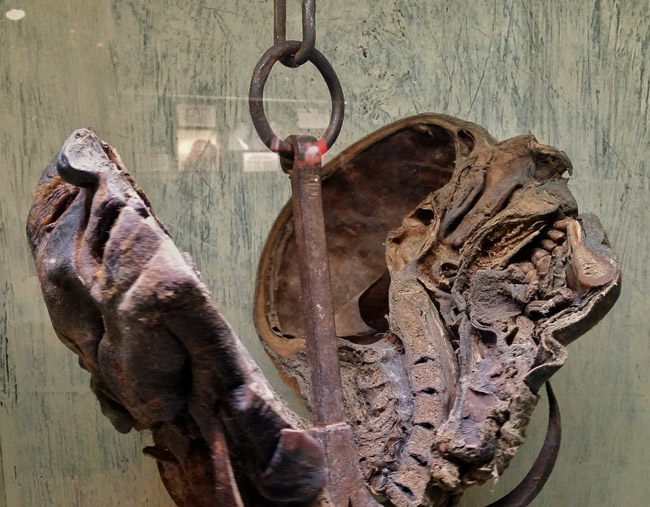The tale of Peter Kurten, notoriously referred to as the “Vampire of Dusseldorf,” stands as one of the most disturbing narratives in the history of crime. A deranged German serial killer, Kurten’s reign of horror concluded with his execution by guillotine in 1931. Ironically, his severed head now rests in the unsettling confines of Ripley’s Believe It or Not! in Wisconsin Dells. This article delves into the grim legacy of Peter Kurten, tracing the journey of his head from the moment of his execution to its current exhibition, and examining the disturbing fascination it holds for onlookers.
The Vampire of Dusseldorf

Peter Kurten garnered his horrific nickname through a series of savage murders that horrified Germany in the early 20th century. His crimes, which included the brutal slayings of men, women, and children, were particularly ghastly. What distinguished Kurten from other serial killers was his disturbing habit of drinking the blood of his victims, which earned him the moniker “Vampire of Dusseldorf.” His sadistic behavior and the profound fear he instilled in his victims solidified his status as one of history’s most infamous murderers.
Capture and Execution
Kurten’s spree of terror came to an end in 1930 when law enforcement finally apprehended him. The ensuing trial was a grim affair, with harrowing accounts of his atrocities laid bare. In 1931, Peter Kurten was condemned to death and subsequently executed. His beheading marked the conclusion of a dark era, but it also ushered in an unusual journey for his severed head.

From Germany to Wisconsin: The Journey of Kurten’s Head
Following his execution, Peter Kurten’s head was preserved and eventually made its way into the collection at Ripley’s Believe It or Not! The exact path this macabre relic took from Germany to Wisconsin Dells—a popular family vacation spot—remains largely unknown. However, it is widely believed that Robert Ripley, the museum’s founder, acquired the head as part of his assortment of oddities designed to showcase the grotesque and unusual.
The Eerie Exhibit at Ripley’s Believe It or Not!

Today, Peter Kurten’s head is showcased alongside other exhibits featuring some of history’s most sadistic murderers. Ripley’s Believe It or Not! in Wisconsin Dells, renowned for its eclectic and eerie displays, provides visitors with a glimpse into humanity’s darker nature. Preserved within a glass case, Kurten’s head serves as a grim reminder of his monstrous deeds and the morbid curiosity such artifacts inspire.
The Unsettling Allure
What draws so much attention to Kurten’s head? The fascination with serial killers and their memorabilia is a well-documented phenomenon. For some, it represents a morbid curiosity that allows them to confront humanity’s darker sides from a safe vantage point. For others, it reflects an interest in the psychological and historical dimensions of crime. Displaying Peter Kurten’s head in a family-oriented destination like Wisconsin Dells adds an ironic twist, emphasizing the complex relationship between horror and intrigue.

The narrative of Peter Kurten, the “Vampire of Dusseldorf,” continues to enthrall and horrify audiences long after his demise. From his heinous crimes to his execution and the later display of his head at Ripley’s Believe It or Not!, Kurten’s legacy highlights society’s enduring fascination with the macabre. Whether regarded as a historical relic or a symbol of humanity’s darkest tendencies, Peter Kurten’s head remains a chilling reminder of the fine line that separates fascination from horror.

